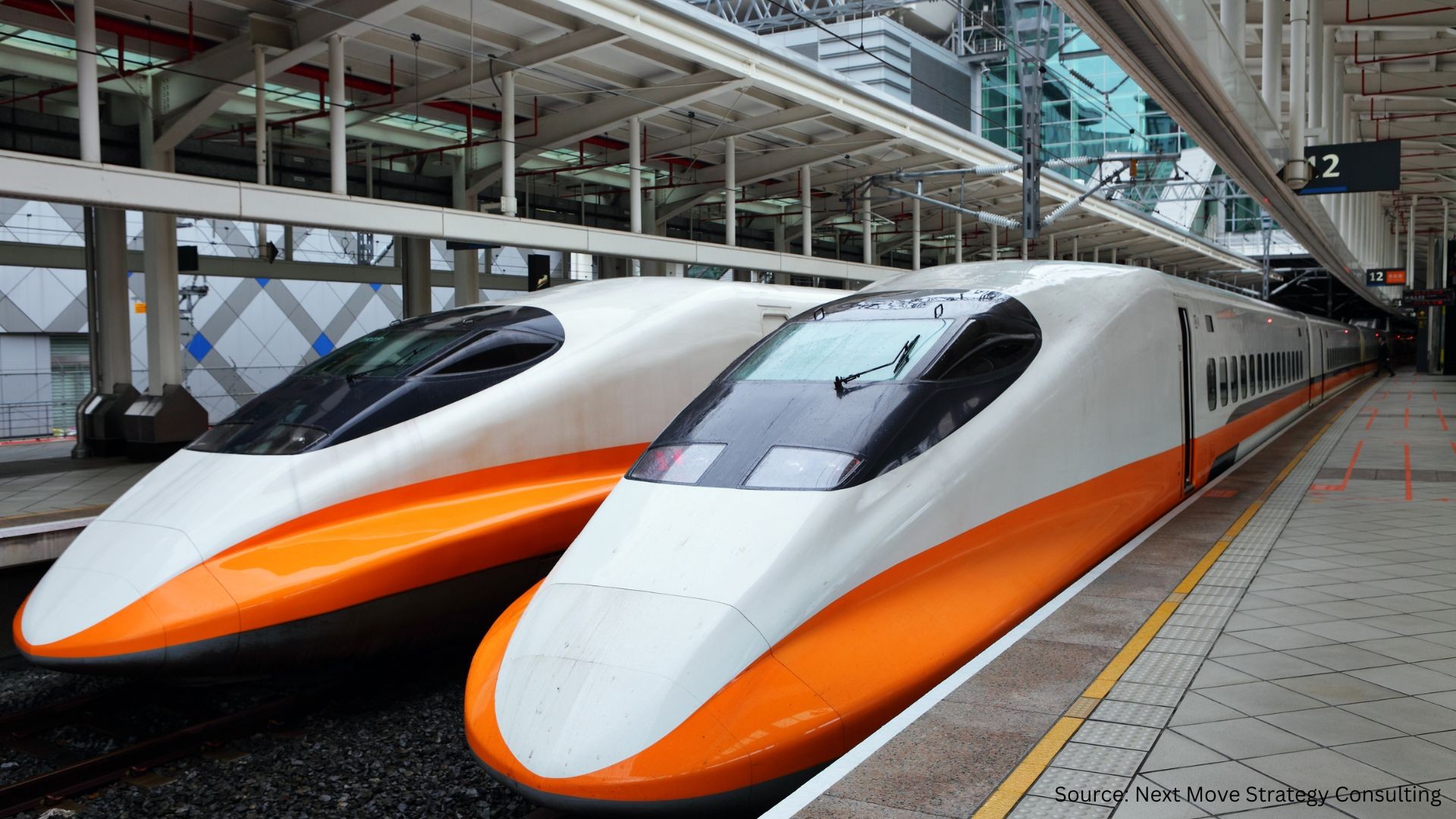Japan Unmanned Ground Vehicle Market is Expected to Reach USD 144.4 Million by 2030
Published: 2025-02-24
Increasing adoption of UGVs in the defence sector is driving the demand for the Japan unmanned ground vehicle market during the forecast period.
The Japan Unmanned Ground Vehicle Market size was valued at USD 74.7 million in 2023, and is predicted to reach USD 144.4 million by 2030, with a CAGR of 8.6% from 2024 to 2030. In terms of volume, the market size was 821 units in 2023, and is projected to reach 1933 units by 2030, with a CAGR of 13.0% from 2024 to 2030, according to new research by Next Move Strategy Consulting.
The increase in defence spending in Japan is driving a surge in demand for unmanned ground vehicle (UGV) technology, leading to heightened investment in research and development and offering lucrative prospects for companies to supply UGV systems to the government and military. The approval of a substantial USD 51.4 billion budget, representing a notable 26.3% rise in defence spending for fiscal year 2023, underscores the government's steadfast commitment to strengthening national security and defence capabilities. UGV technology plays a pivotal role in achieving these goals, with versatile applications such as border patrol, reconnaissance, and explosive device disposal. Compared to conventional manned vehicles, UGVs offer distinct advantages, including swifter operation, enhanced safety, and greater cost-effectiveness in executing defence and security tasks.
The government's plans to reinforce the Defence Ministry's involvement in advanced technology research further underscore its dedication to investing in UGV development. This strategic initiative not only solidifies Japan's commitment to staying at the forefront of technological innovation but also enhances the nation's defence capabilities by fostering growth in the Japan UGV market. This initiative is poised to catalyse the creation of new and advanced UGVs, thereby bolstering Japan's defence posture and contributing to overall growth and innovation in the UGV sector.
Additionally, advanced technology and robotics industry play a crucial role in driving the growth of Japan Unmanned Ground Vehicles (UGVs) within the country. With a rich legacy of innovation in robotics and automation, Japan boasts a thriving demand for UGVs across various sectors, including manufacturing, logistics, and agriculture. Leading companies such as Toyota, Yamaha, and Honda are at the forefront of UGV development, making significant investments in autonomous delivery vehicles, warehouse automation, and precision farming applications. The country's robust technology ecosystem, coupled with the proactive stance of industry players, fuels continuous innovation and adoption of UGVs. Japan's longstanding expertise in robotics, combined with its relentless pursuit of technological advancement, positions it as a key market for UGV technology evolution and market expansion.
Moreover, Japan's unique societal and economic landscape, characterized by an aging population and labour shortages, further underscores the significance of UGVs in addressing emerging challenges. By leveraging autonomous vehicles and robotics solutions, Japanese industries aim to optimize efficiency, reduce dependency on human labour, and enhance productivity across various sectors. Collaborative efforts between government agencies, industry stakeholders, and research institutions contribute to a vibrant ecosystem that fosters innovation and accelerates the deployment of UGVs. With a strong emphasis on leveraging cutting-edge technologies to tackle societal and economic challenges, Japan is poised to continue driving advancements in UGV technology, solidifying its position as a global leader in robotics and automation.
However, the substantial costs associated with the development and deployment of Unmanned Ground Vehicles (UGVs) present a significant barrier to Japan UGV market expansion. Typically, UGVs entail considerable investments across their entire lifecycle, dissuading certain companies or organizations from entering this sector. These vehicles require advanced technologies and specialized components, leading to significant expenses for both production and maintenance. Moreover, the intricate process of integrating UGVs into existing systems and workflows further adds to their overall cost.
On the other hand, the integration of artificial intelligence (AI) into Unmanned Ground Vehicles (UGVs) heralds a new era of intelligent UGVs, unlocking unprecedented opportunities for advancement. Equipped with state-of-the-art technologies such as machine learning and natural language processing, these vehicles can autonomously perform tasks and make sophisticated decisions, enhancing their precision, reliability, and adaptability across diverse industries. The advent of intelligent UGVs promises to revolutionize numerous sectors by significantly boosting efficiency, reducing dependence on human labour, and enhancing safety protocols. In the military and defence realm, intelligent UGVs play a pivotal role in reconnaissance and surveillance missions, providing critical intelligence while mitigating risks to human personnel.
As intelligent UGVs continue to evolve, they represent a substantial market opportunity, poised to reshape various sectors and unlock new avenues for growth and innovation. The adoption of intelligent UGVs not only enhances operational capabilities but also drives efficiency gains and cost savings across industries. With their ability to operate autonomously and adapt to dynamic environments, intelligent UGVs are well-positioned to address evolving challenges and meet the diverse needs of different sectors. Moreover, the integration of AI into UGVs opens up possibilities for enhanced collaboration and interoperability, enabling seamless integration into existing systems and workflows.
Request for a Sample PDF on the Japan Unmanned Ground Vehicle Market
Several market players operating in the Japan unmanned ground vehicle industry include QinetiQ Group, Elbit System, Rheinmetall AG, General Dynamics Corporation, Teledyne FLIR LLC, L3Harris Technologies, Inc., Textron Systems (Howe & Howe Technologies), Boston Dynamics, Milrem Robotics, and Clearpath Robotics. These market players are adopting various strategies to maintain their dominance in the market.
Key Insights from the Japan Unmanned Ground Vehicle Market Report:
-
The information related to key drivers, restraints, and opportunities and their impact on the Japan unmanned ground vehicle market is provided in the report.
-
The value chain analysis in the market study provides a clear picture of the roles of each stakeholder.
-
The market share of players in the Japan unmanned ground vehicle market is provided in the report along with their competitive analysis.
















Add Comment